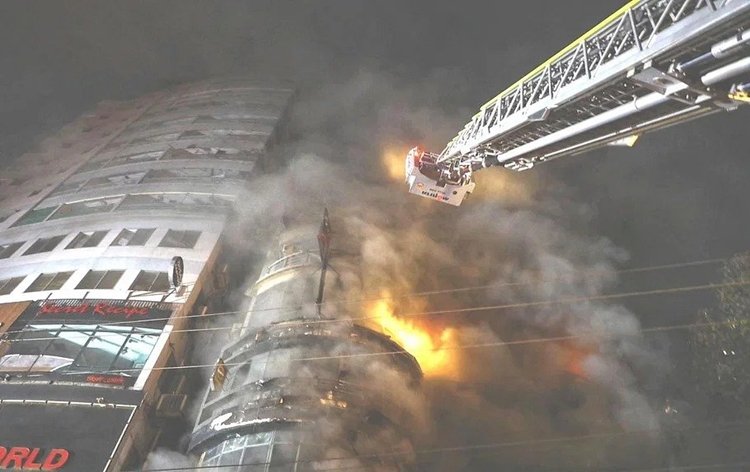New Delhi : Voting for the first phase of Lok Sabha elections continues on Friday. In the first phase of Lok Sabha elections, voting is being held on 102 seats in 21 states of the country. After the start of voting, bumper voting was seen from West Bengal, Tripura to Meghalaya till 1 pm. At the same time, enthusiasm was seen among the voters in UP-Bihar and Madhya Pradesh also. In the first phase, voting is being held on 4 seats in West Bengal, 8 in UP and 4 in Bihar. Apart from this, voting is taking place on all the seats of Tamil Nadu (39) and Uttarakhand (5 seats). Now the question is who will benefit from bumper voting.
What percentage of votes in which state?
| State |
Voting |
| Tripura |
53.04% |
| West Bengal |
50.96% |
| Meghalaya |
48.91% |
| Madhya Pradesh |
44.18% |
| Tamil Nadu |
39.51% |
| UP |
36.96% |
| Bihar |
32.41% |
| Uttarakhand |
37.33% |
| Jammu and Kashmir |
43.11% |
| Rajasthan |
33.73% |
| Chhattisgarh |
42.57% |
| Assam |
45.12% |
| Puducherry |
44.95% |
| Arunachal |
35.65% |
| Nagaland |
38.83% |
| Mizoram |
37.03% |
| Sikkim |
36.82% |
| Manipur |
45.68% |
| Andaman Nicobar |
35.7% |
| Lakshadweep |
29.91% |
| Maharashtra |
32.36% |
How much voting in Bihar (till 1 pm)
| Parliamentary area |
Voting |
| Aurangabad |
33.99% |
| Went |
30.40% |
| Nawada |
27.24% |
| jamui |
34.25% |
How much voting on which seat in UP (till 1 pm)
| Parliamentary area |
Voting |
| Bijnor |
36.08% |
| Moradabad |
35.25% |
| Karaana |
37.92% |
| Muzaffarnagar |
34.51% |
| gem stone |
38.28% |
| Saharanpur |
42.32% |
| Rampur |
32.86% |
| pilibhit |
38.51% |
How many votes on which seat in Uttarakhand
| parliamentary seat |
Voting |
| Nainital |
40.46% |
| Haridwar |
39.41% |
| Almora |
32.60% |
| tehri |
35.29% |
| Garhwal |
36.60% |
Who benefits from bumper voting?
Who will benefit from bumper voting in the first phase of Lok Sabha elections? According to political experts, generally more voting or increase in voting percentage is seen as public anger against the ruling party. It is believed that people vote more to change the current government. Higher voting percentage is considered synonymous with change of government. However, this trend has changed in the last few elections. If we look at the figures of Lok Sabha elections 2014 and 2019, NDA has returned to power at the Center despite higher voting percentage. In 2019, 67.3 percent votes were cast as compared to 66.4 percent in 2014. Despite this, BJP returned to power at the Centre. However, if we compare the voting percentage with that of 2009, higher voting in 2014 resulted in a change in power. In 2014, 66.4% votes were cast as compared to 58.2% in 2009.



